Obesity in pet birds is a growing concern among avian veterinarians and bird enthusiasts alike. Just like humans, birds can suffer significant health complications when they carry excess weight, including shortened lifespan, heart disease, and liver problems. Unfortunately, many bird owners don’t recognize when their feathered companions are overweight until health issues become apparent. The good news is that bird obesity is entirely preventable with proper knowledge and care. This comprehensive guide will help you understand the causes of avian obesity and provide practical strategies to keep your feathered friend at a healthy weight while maintaining their happiness and quality of life.
Understanding Avian Obesity

Obesity in birds occurs when they consume more calories than they burn, leading to excess fat storage throughout their bodies. Unlike mammals, birds don’t typically show obvious fat rolls, making obesity harder to detect visually without experience. A properly conditioned bird should have a discernible keel bone (breastbone) that can be felt but not prominently seen, and their body should have a streamlined appearance when viewed from above. Obese birds often develop a rounded breast area where the keel bone becomes difficult to feel, and they may show fat deposits around their abdomen, neck, and beneath their wings. Recognizing these subtle signs early is crucial, as prevention is significantly easier than weight reduction once obesity has developed.
The Dangers of Avian Obesity
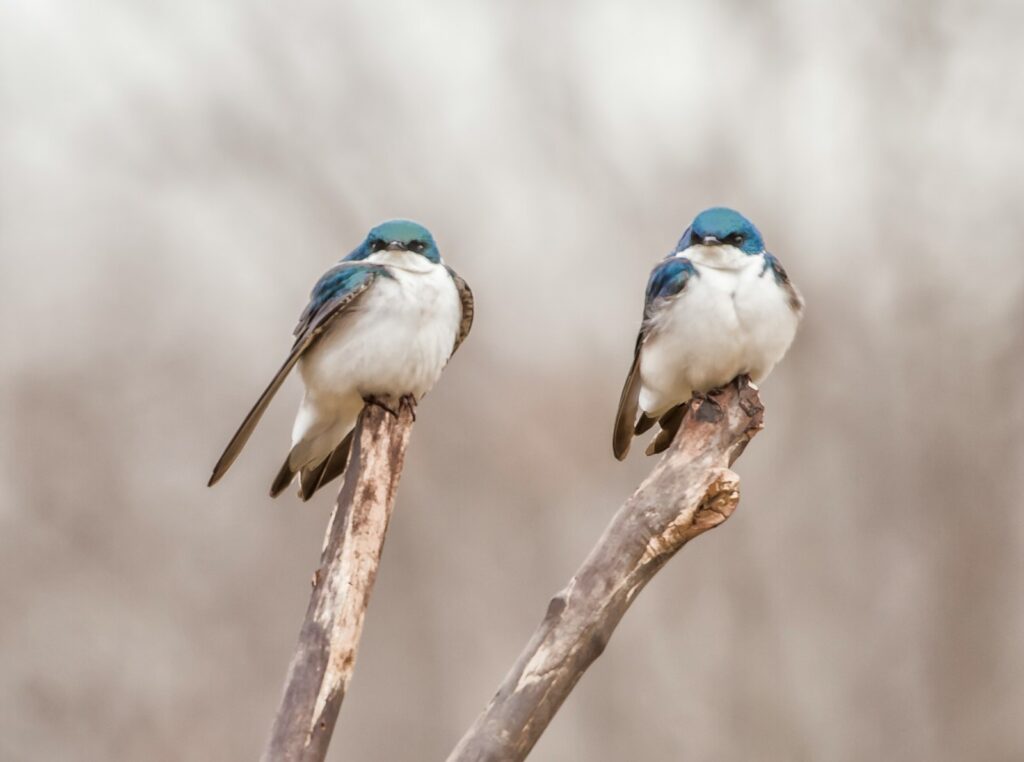
Carrying excess weight places enormous strain on a bird’s delicate physiology, leading to numerous health complications that can dramatically shorten lifespan. Obese birds frequently develop fatty liver disease (hepatic lipidosis), which can progress to liver failure if left untreated. Cardiovascular problems are also common, as the heart struggles to pump blood through a larger body mass with additional fat tissue. Joint problems may emerge as the skeletal structure bears weight beyond what it evolved to support, leading to arthritis and decreased mobility. Perhaps most concerning, excess fat interferes with respiratory function, as birds have unique respiratory systems that work efficiently only when the body maintains proper proportions.
Proper Diet Formulation

The cornerstone of obesity prevention in pet birds is an appropriate species-specific diet that provides balanced nutrition without excess calories. Most companion bird species benefit from a diet centered around high-quality commercial pellets, which should constitute approximately 60-80% of their intake, depending on the species. Seed-based diets, while appealing to birds, are typically high in fat and deficient in essential nutrients, functioning much like fast food does for humans. Fresh vegetables should make up 15-30% of the diet, offering nutrients, hydration, and beneficial fiber while being naturally low in calories. Fruits can be offered in smaller amounts (around 5-10% of diet) as they contain more sugar than vegetables but still provide valuable nutrients and variety.
Species-Specific Nutritional Needs

Different bird species have evolved unique digestive systems and nutritional requirements that must be respected to prevent obesity. Parrots like macaws, African greys, and amazons typically require diets lower in fat than smaller species, with an emphasis on diverse vegetable matter. Cockatiels and budgerigars have higher metabolic rates relative to their size but can quickly become obese when offered unlimited seed diets with minimal exercise. Finches and canaries benefit from specialized commercial diets supplemented with small amounts of seeds and fresh greens, with their tiny size making proper portion control essential. Consulting an avian veterinarian for species-specific dietary recommendations is invaluable, as nutritional needs can vary significantly even between closely related species.
Portion Control Strategies
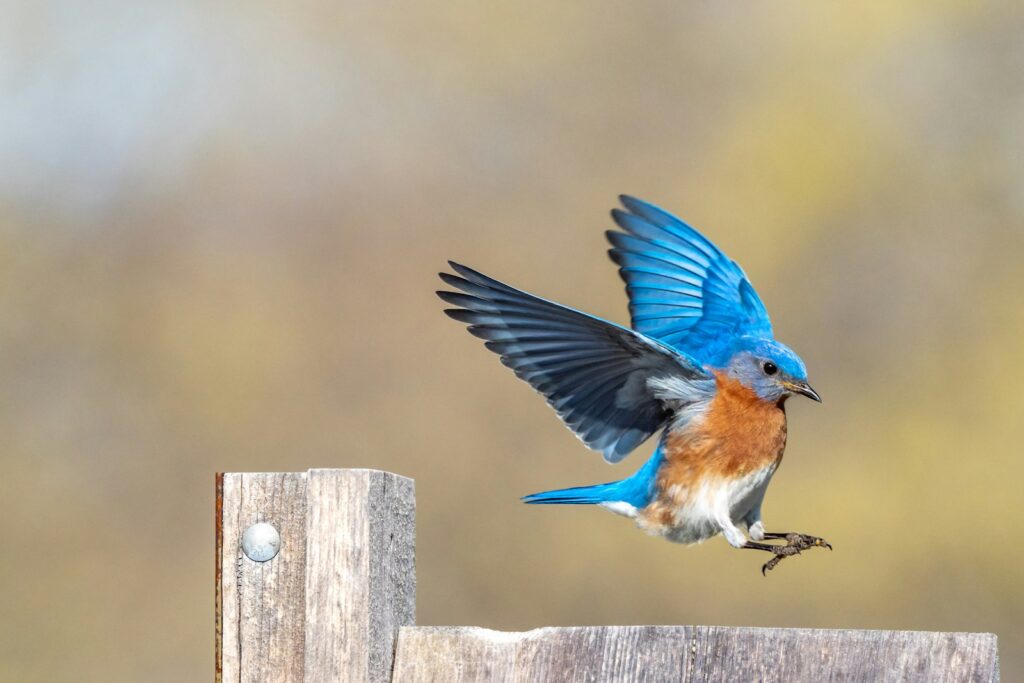
Appropriate portion control is crucial for preventing obesity, as many birds will continue eating available food well beyond their nutritional requirements. Measure food offerings rather than filling dishes to the top, and remove uneaten fresh foods after 2-4 hours to prevent spoilage and grazing behavior. Many veterinarians recommend providing the daily allotment of pellets each morning, calculated based on your bird’s specific caloric needs, rather than keeping dishes constantly full. For birds already accustomed to unlimited food access, gradual transition to meal feeding is important to prevent stress and food aggression. Weighing your bird’s food intake can provide valuable data, allowing you to track consumption patterns and make informed adjustments.
Healthy Treats and Rewards

Treats play an important role in bonding and training but can contribute significantly to obesity when offered inappropriately. Reserve high-fat foods like nuts and seeds for training rewards, using the smallest effective pieces rather than whole items. Fresh vegetables make excellent low-calorie treats that can be offered more generously – many birds enjoy crunchy options like bell peppers, cucumber, or zucchini. Commercial bird treats are often surprisingly high in sugar and fat, so read labels carefully and consider them an occasional indulgence rather than a daily offering. Remember that attention, praise, and non-food rewards like new toys or supervised out-of-cage time can be more meaningful to your bird than constant food treats.
Encouraging Physical Activity

Regular exercise is essential for maintaining a healthy weight in captive birds, who would naturally fly many miles daily in the wild. Provide the largest cage practical for your living space, prioritizing horizontal dimensions that allow wing-stretching and short flights between perches. Schedule daily out-of-cage time in a safe, bird-proofed area where your feathered friend can exercise more vigorously through flying, climbing, and exploring. Flighted birds maintain healthier weights more easily than clipped birds, so consider whether wing-clipping is necessary for your particular situation after weighing safety concerns against health benefits. For birds unable to fly, climbing opportunities become even more crucial – rope perches, ladders, and playground-style accessories can help compensate for limited flight exercise.
Enrichment for Mental and Physical Health
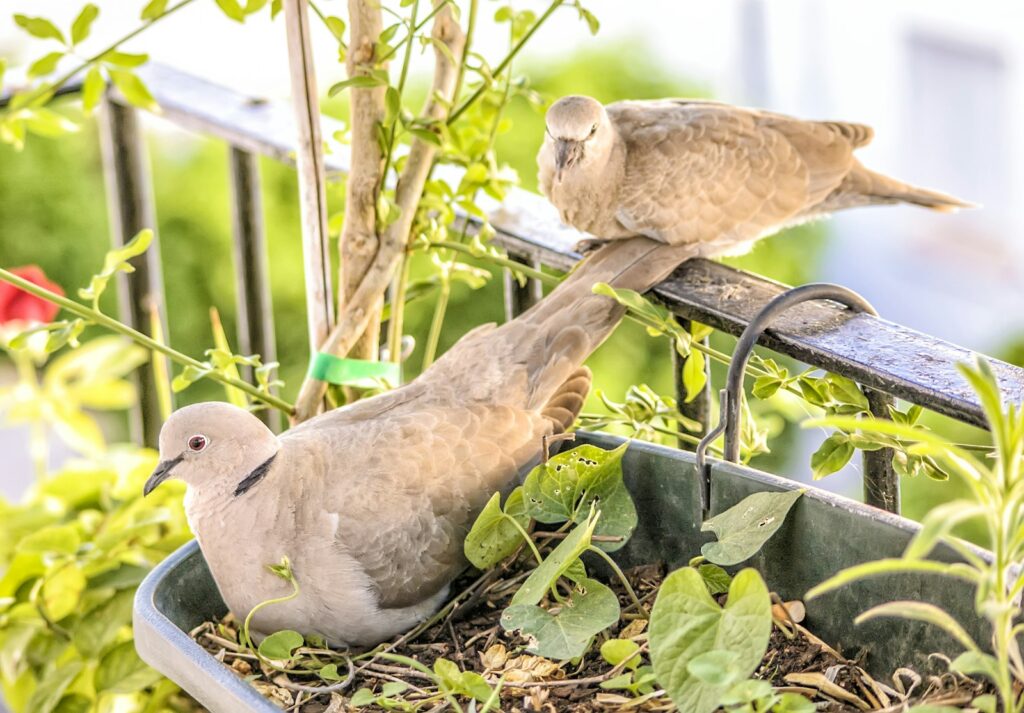
Mental stimulation is tightly linked to physical health in intelligent bird species, as boredom often leads to overeating and sedentary behavior. Foraging toys that require birds to work for their food mimic natural behaviors while extending meal times and increasing activity. Rotate toys regularly to maintain interest, offering a variety of textures, colors, and interaction types based on your bird’s preferences and chewing style. Puzzle toys containing hidden treats create opportunities for problem-solving and can make a small amount of favorite food last much longer. Many birds enjoy destroying shreddable toys made from bird-safe paper, cardboard, or plant materials, which provides excellent exercise for the neck, beak, and foot muscles.
Environmental Modifications
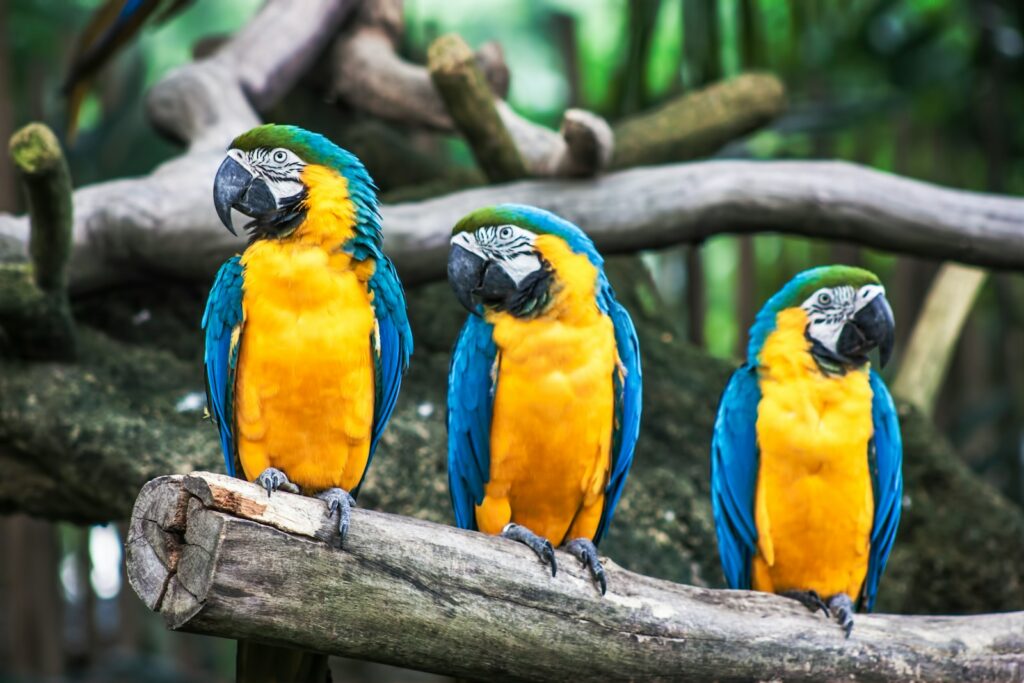
Thoughtful cage setup can dramatically increase your bird’s daily activity level without requiring direct intervention. Position perches at varying heights that require climbing or short flights to move between feeding, sleeping, and play areas rather than placing everything at one level. Replace static, smooth perches with natural branches of varied diameters that exercise foot muscles and provide environmental enrichment. Consider installing a play gym on top of the cage or mounting it nearby to create an appealing destination that encourages movement. For social species, situating the cage where the bird can observe household activity without being constantly disturbed creates mental stimulation that reduces boredom-based eating.
Monitoring Weight and Body Condition
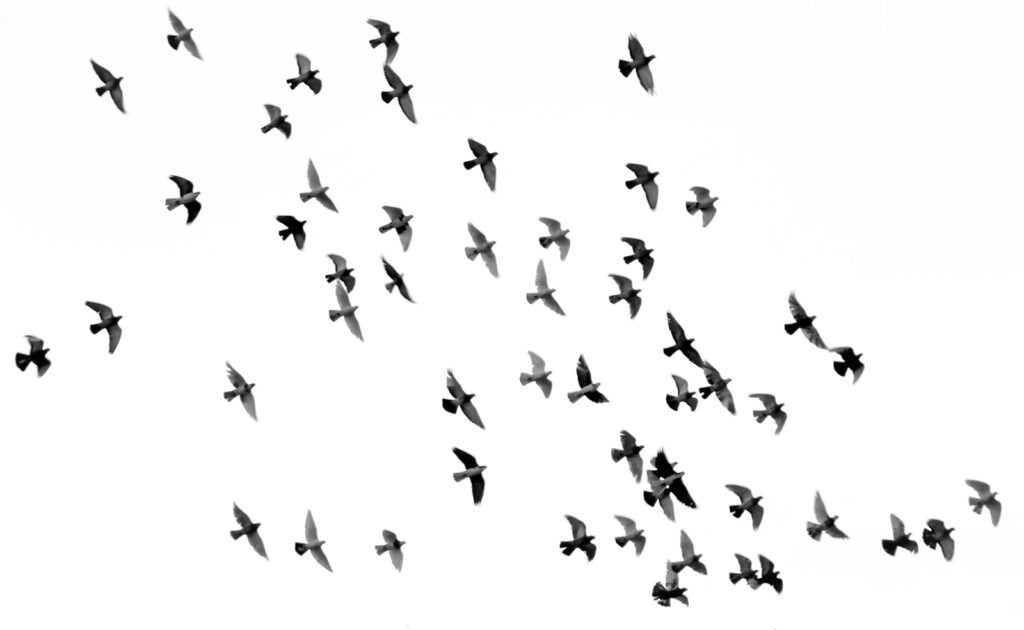
Regular weight monitoring is essential for early detection of concerning trends before obesity develops. Invest in a digital scale appropriate for your bird’s size, ideally measuring in 1-gram increments for accuracy with smaller species. Establish a baseline by weighing your bird at the same time each day for several consecutive days, noting natural fluctuations that may occur. Weekly weigh-ins are typically sufficient for ongoing monitoring, with weight changes of more than 10% warranting veterinary consultation. Beyond weight alone, learn to assess body condition by gently feeling the keel bone and observing body contours, as muscle development and fat distribution provide important information that weight alone cannot reveal.
Working with an Avian Veterinarian

Partnership with an experienced avian veterinarian is invaluable for preventing obesity and addressing it promptly if it develops. Schedule regular wellness exams, typically recommended annually for young healthy birds and semi-annually for older birds or those with existing health concerns. Your veterinarian can provide personalized feeding guidelines based on your specific bird’s species, age, activity level, and medical history. Blood work and other diagnostics performed during routine exams can detect early signs of metabolism issues or nutritional imbalances before they manifest as visible weight problems. Many avian veterinarians offer nutritional counseling services that include detailed diet planning and weight management strategies tailored to your bird’s individual needs.
Weight Loss Strategies for Overweight Birds
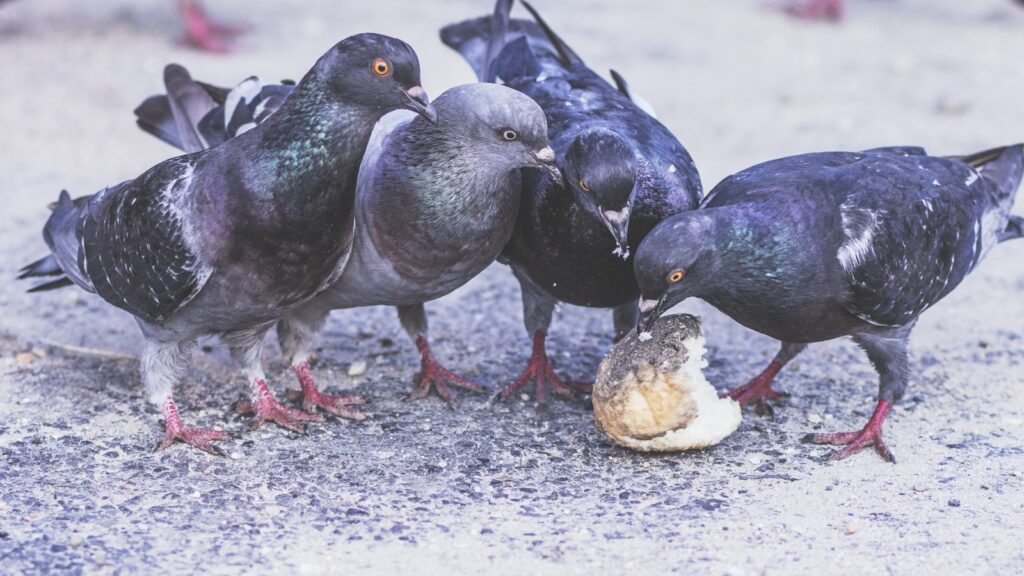
If your bird has already developed obesity, working with your veterinarian to create a safe weight reduction plan is essential. Never attempt dramatic diet changes or restriction without professional guidance, as birds have unique metabolic needs and rapid weight loss can trigger dangerous health complications. Gradual conversion from seed-heavy diets to pellets and vegetables typically forms the foundation of most weight management plans, sometimes using transition strategies like mixing decreasing amounts of seeds with increasing pellet proportions. Increasing exercise opportunities must accompany dietary changes, though activity should be introduced gradually for severely overweight birds. Regular monitoring ensures weight loss proceeds at a safe pace, typically targeting no more than 1-3% of body weight reduction per week depending on species and condition.
Common Mistakes to Avoid

Several common misconceptions contribute to avian obesity problems in many households. Offering unlimited access to seed mixtures is perhaps the most widespread issue, as it’s equivalent to giving a child unrestricted access to candy and potato chips. Anthropomorphizing feeding practices leads many owners to offer inappropriate human foods as “treats” without recognizing the caloric impact on a creature weighing mere grams or ounces. Replacing genuine interaction with food rewards creates unhealthy psychological associations while contributing to weight gain. Failing to adjust diet as birds age represents another frequent oversight, as many species become less active in maturity while their caloric needs decrease significantly, necessitating dietary adjustments to prevent middle-aged spread.
Conclusion
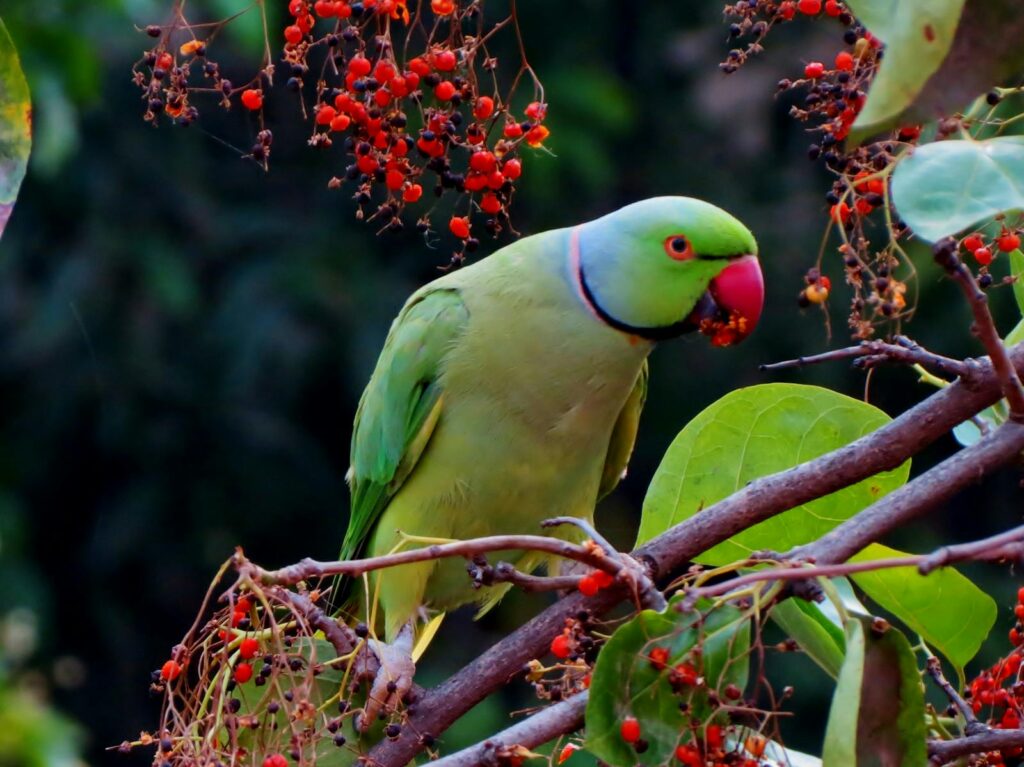
Preventing obesity in pet birds requires thoughtful attention to diet, exercise, and environmental enrichment—a holistic approach that benefits your feathered companion’s physical and psychological wellbeing. By providing species-appropriate nutrition, controlling portions, encouraging activity, and maintaining regular veterinary oversight, you can significantly reduce the risk of weight-related health problems. Remember that small, consistent efforts yield the best results, and changes should always be implemented gradually to minimize stress. Your commitment to preventing obesity not only extends your bird’s lifespan but also enhances their quality of life, allowing them to express natural behaviors and enjoy optimal health throughout their years with you.



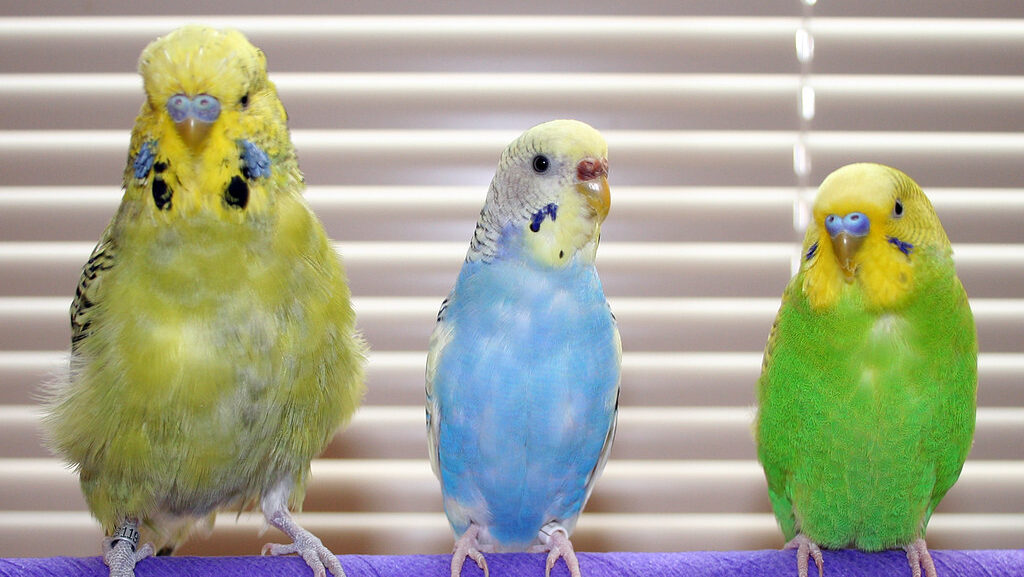

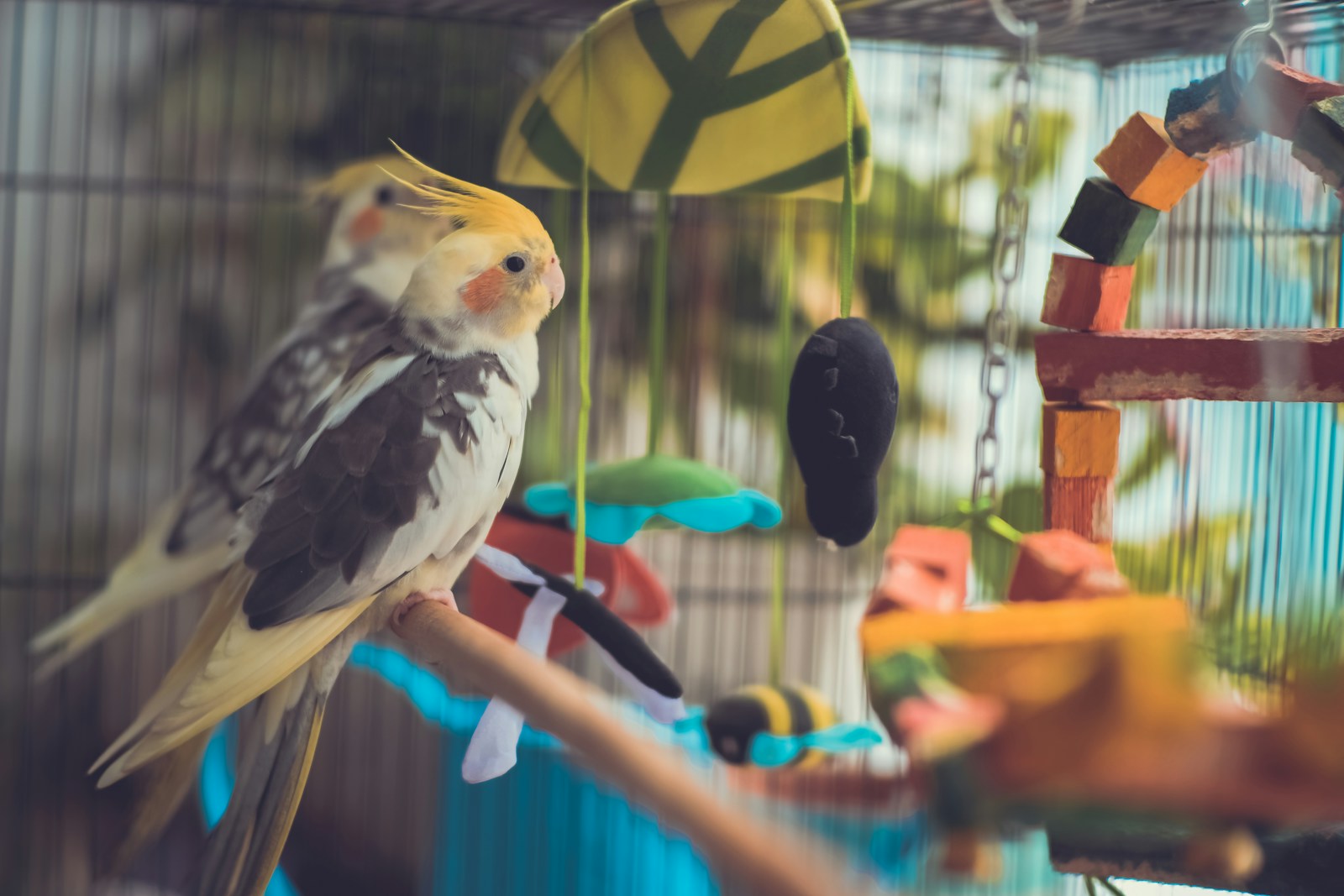
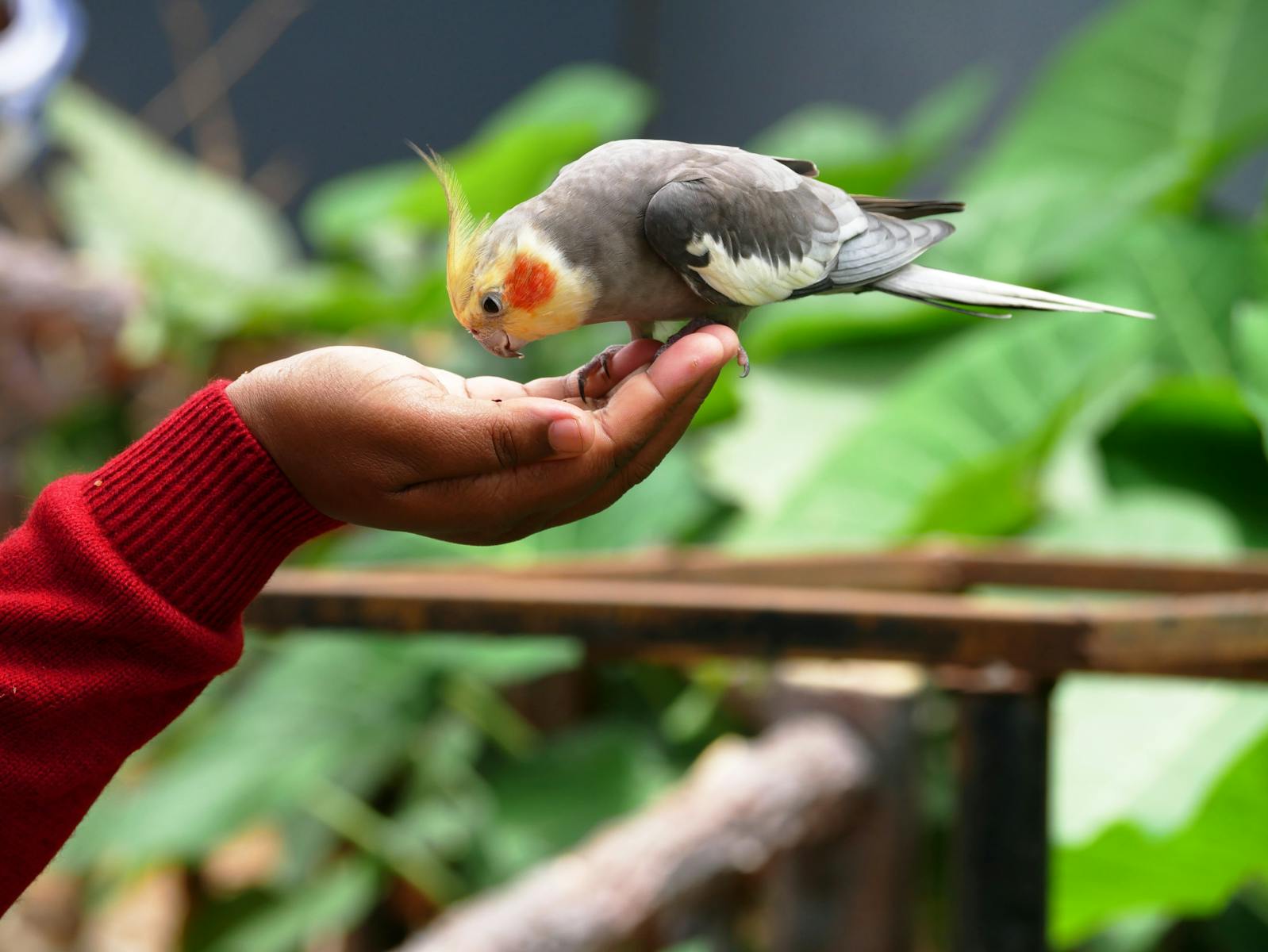
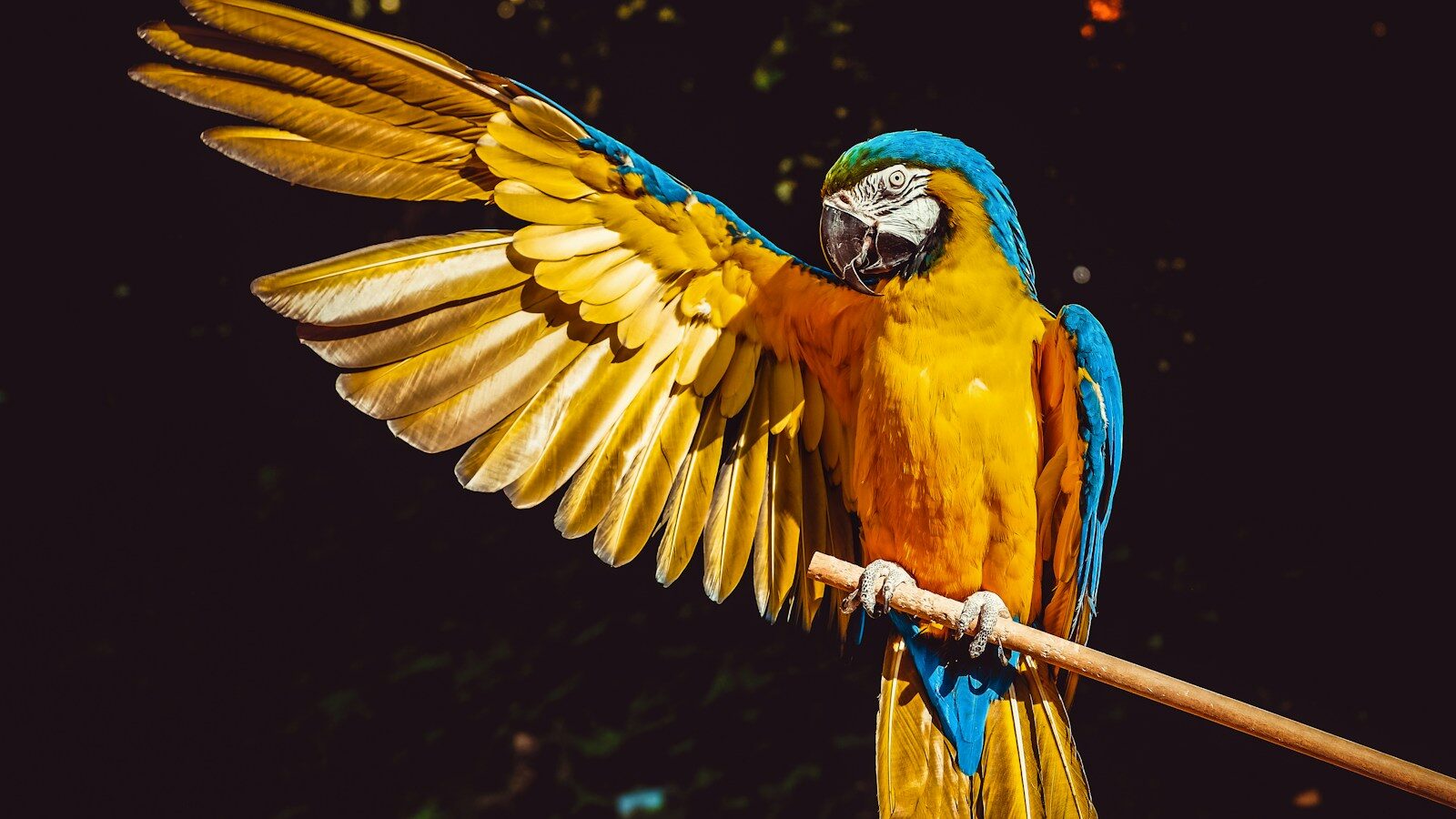

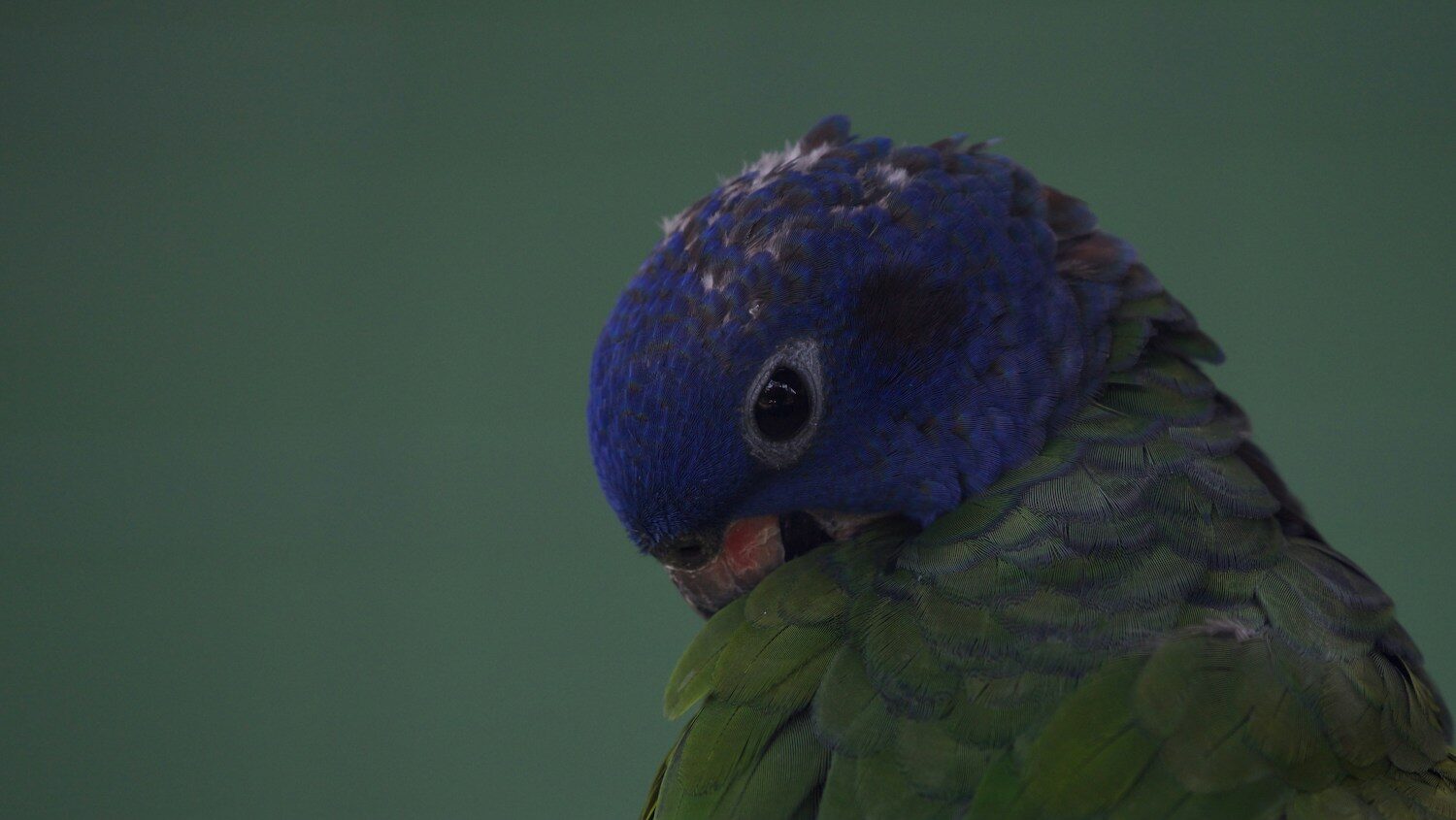

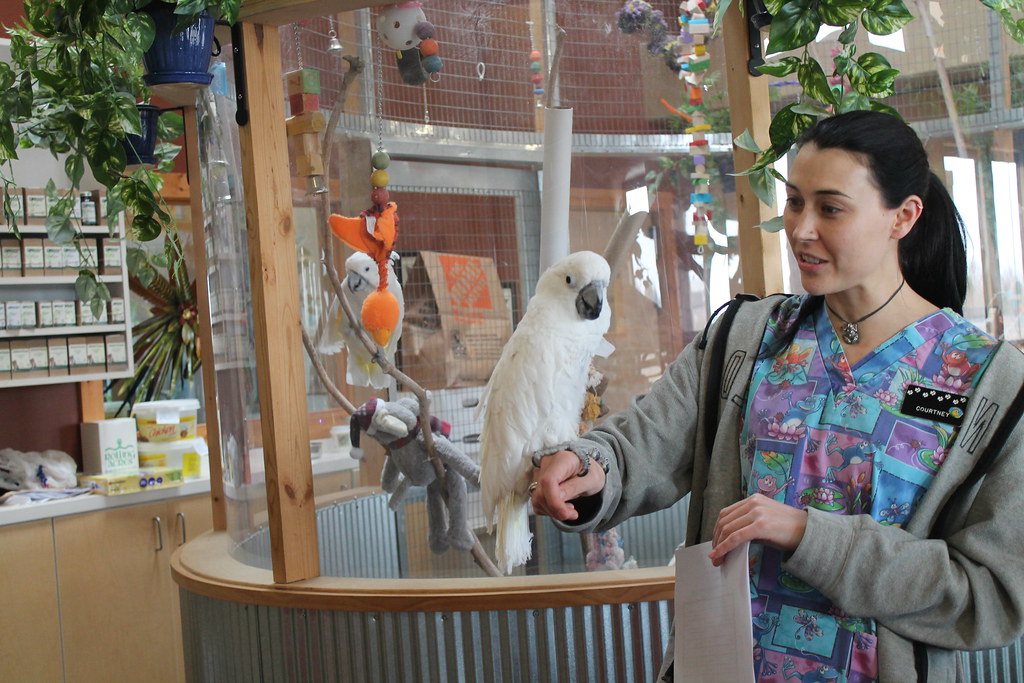




Leave a Reply